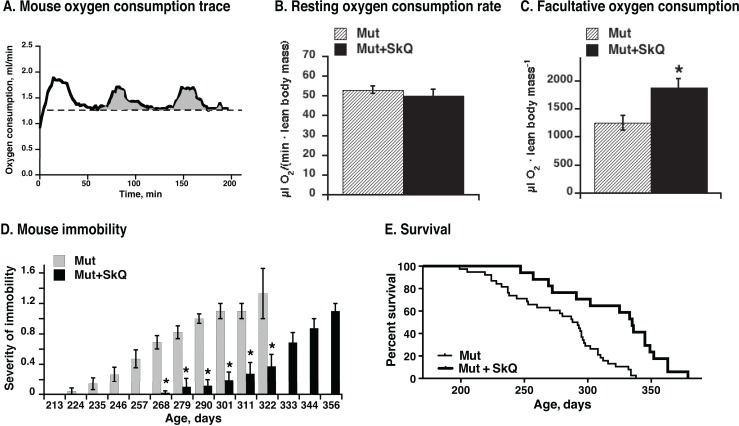Figure 9. Effect of SkQ1 treatment on mouse metabolism, motility and survival.
(A) Representative trace of oxygen consumption (metabolism) of a mouse. Running oxygen consumption rate is indicated as black bold curve, the lowest (resting at 22°C environmental temperature) oxygen consumption rate indicated as a dashed straight line and the oxygen consumed above the resting rate is indicated as grey area. Note that the oxygen consumption rate at 22°C does not represent the basal metabolic rate, as the mice are examined below their thermoneutral temperature zone.(B) Metabolic rates in non-treated and SkQ-treated mice (≈ 200 days of age) at 22°C ambient temperature measured as shown in A. (C) Metabolic activity of mtDNA mutator mice. Activity was determined as amount of oxygen consumed above resting metabolic rate during two hours in the metabolic chamber (as shown in 9A). In B and C, the values represent the means ± S.E. of 6 mice in each group. (D) Scoring of manifestations of immobility in SkQ1-treated and non-treated mtDNA mutator mice. (E) Survival curves of mtDNA mutant mice non-treated (thin line) or treated with SkQ1 (thick line), n= 38 (15 males and 23 females) in the non-treated group and n= 17 (6 males and 10 females) in SkQ1-treated group. No gender dependence on life-span was observed (not shown). Mice were single caged. Mean survival time for the non-treated group was 277 ± 6 days, for the SkQ1-treated 321 ± 10 days (+ 16%); median lifespan was 290 days for non-treated mice and 335 days (+ 16%) for SkQ1-treated mice. Comparison of survival curves with log-rank (Mantel-Cox) test yields p < 0.0001 and with Gehan-Breslow-Wilcoxon test yields p = 0.0012.

